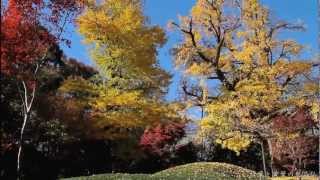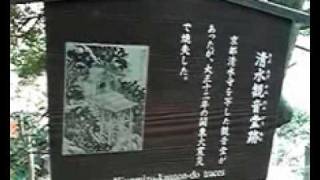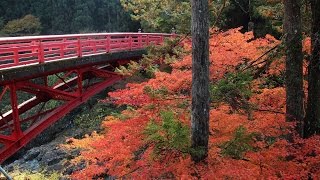Monday, 24 November, 2025г.
















Где искать: по сайтам Запорожской области, статьи, видео ролики
пример: покупка автомобиля в Запорожье
佐藤和哉 / 紅葉
アルバム『唄の音(うたのね)2~懐かしき唱歌に寄せて~』収録曲
2019年11月27日発売 ¥2,500+税 COCQ-85477
「紅葉」
高野辰之作詞/岡野貞一作曲
篠笛:佐藤和哉
編曲&ギター:伊藤ハルトシ
■コンサート情報
東京・大阪・名古屋・福岡にて、『唄の音2』の世界をコンサートでお届けします。
NEWアルバム『唄の音2』発売コンサート with 妹尾 武(ピアノ)
【開催日時】
●2020年2月15日(土) 東京 月島社会教育会館ホール
OPEN17:00 / START17:30 / 休憩あり / 終了予定19:10
●2020年2月22日(土) 大阪 大阪倶楽部
OPEN13:00 / START13:30 / 休憩あり / 終了予定15:10
●2020年2月23日(日) 福岡 レソラ天神5階 レソラホール
OPEN13:00 / START13:30 / 休憩あり / 終了予定15:10
●2020年2月24日(月祝) 名古屋 5/R HALL&GALLERY 音楽ホール
OPEN13:00 / START13:30 / 休憩あり / 終了予定15:10
【出演】
佐藤和哉(篠笛)
妹尾 武(ピアノ)
【佐藤和哉『唄の音2』発売コンサート情報】
https://www.kazuyasato.com/202002
【佐藤和哉オフィシャルサイト】
https://www.kazuyasato.com/
【佐藤和哉音楽サイト】
https://columbia.jp/satokazuya/
Momiji
music : Teiichi Okano
lyrics : Tatsuyuki Takano
Bamboo flute : Kazuya Sato
Arrangement & Guitar : Harutoshi Ito
Kazuya Sato
Bamboo flute player / Composer
Born on Japan's southern island of Kyushu, Karatsu, Saga Prefecture.
His first encounter with the Japanese flute was as a junior high-school student, when he learned to play a traditional song for the local Karatsu Kunchi Festival.
He then spent his teenage years immersed in music, as he learned to play the piano, the drums and the guitar. After graduating from university, he discovered the shinobue bamboo flute and felt mesmerized by its sound. He soon realized that this was the instrument which could best help him express himself, and thus chose the path of a shinobue bamboo flute player.
In June 2012, he had the honor of performing during a special Buddhist ceremony at the Yakushi-ji Temple, Nara Prefecture, which is one of Japan’s UNESCO World Heritage Sites.
Over the years, he has also been active as a songwriter. In 2013, he took part in the composition of NHK TV drama “Gochisosan”‘s theme song, “Ame nochi Hareruya”, which was performed by popular Japanese music duo Yuzu, and for which his original song Sakura-iro no Waltz was selected as motif. The next year, “Ame nochi Hareruya” was granted the Song of the Year Award at the 2014 Japan Record Awards.
Kazuya Sato’s music, while often associated with a feeling of nostalgia, is the product of his sincere experience living in the here and now. His subtle melodies, simple, yet marked by the distinctive sound of the Japanese shinobue, come together to form a gentle sound – somehow warm, somehow familiar, a wordless song that transcends all borders.
Похожие видео
Мой аккаунт


 У вашего броузера проблема в совместимости с HTML5
У вашего броузера проблема в совместимости с HTML5


